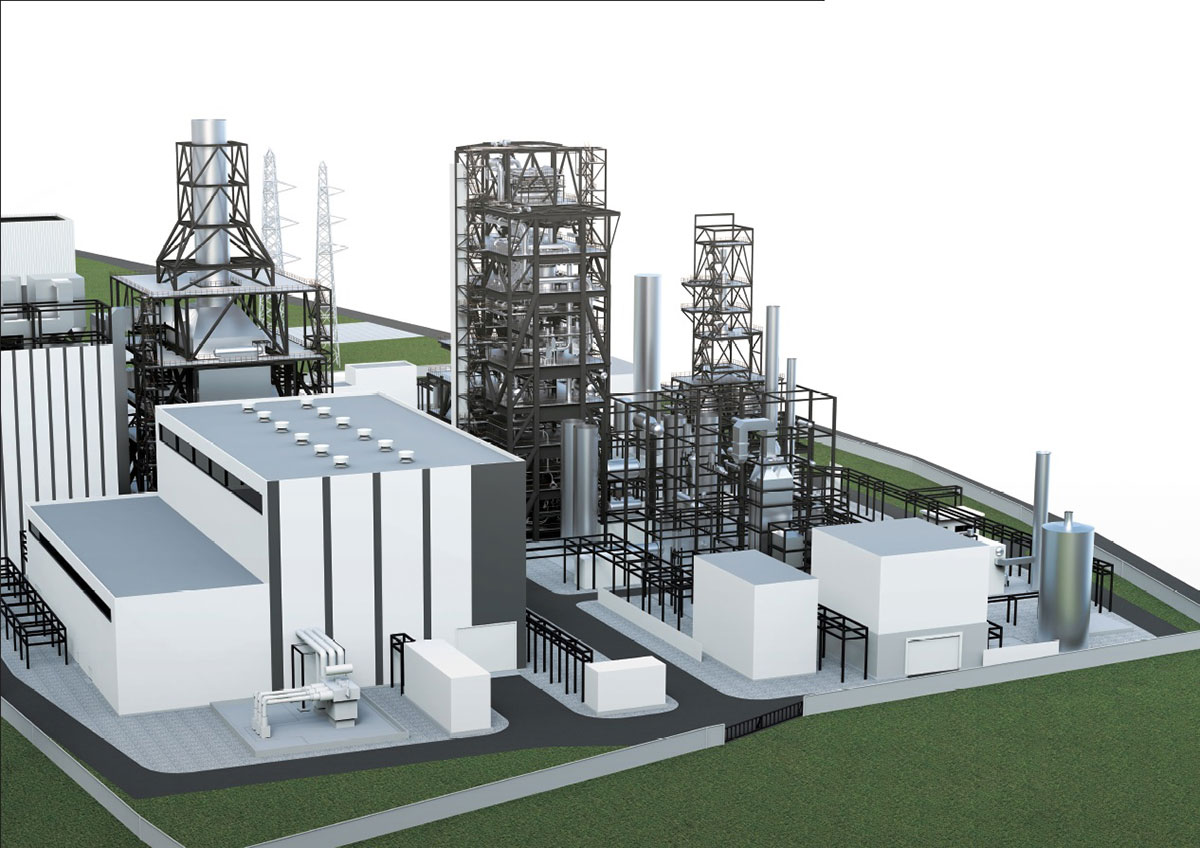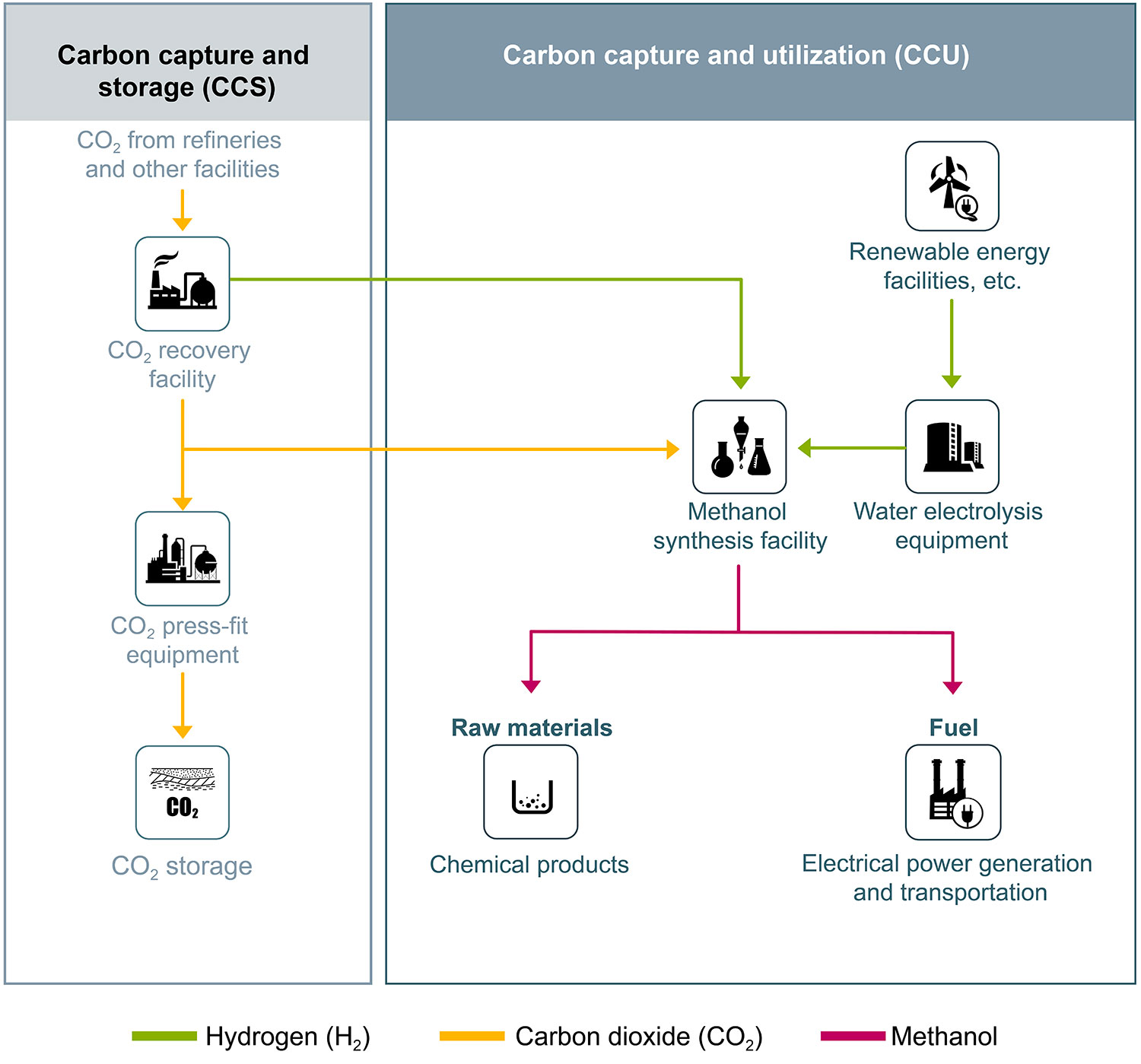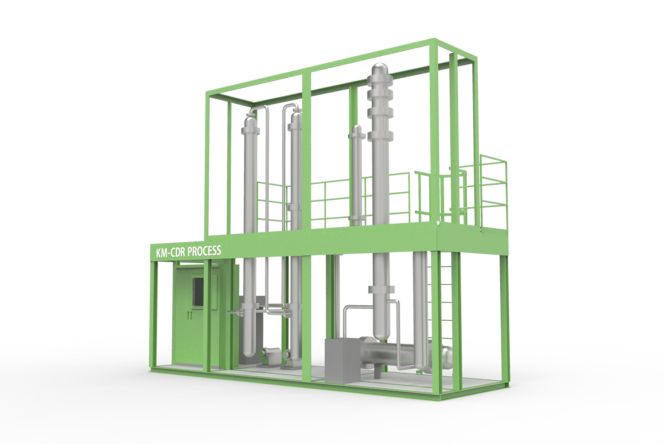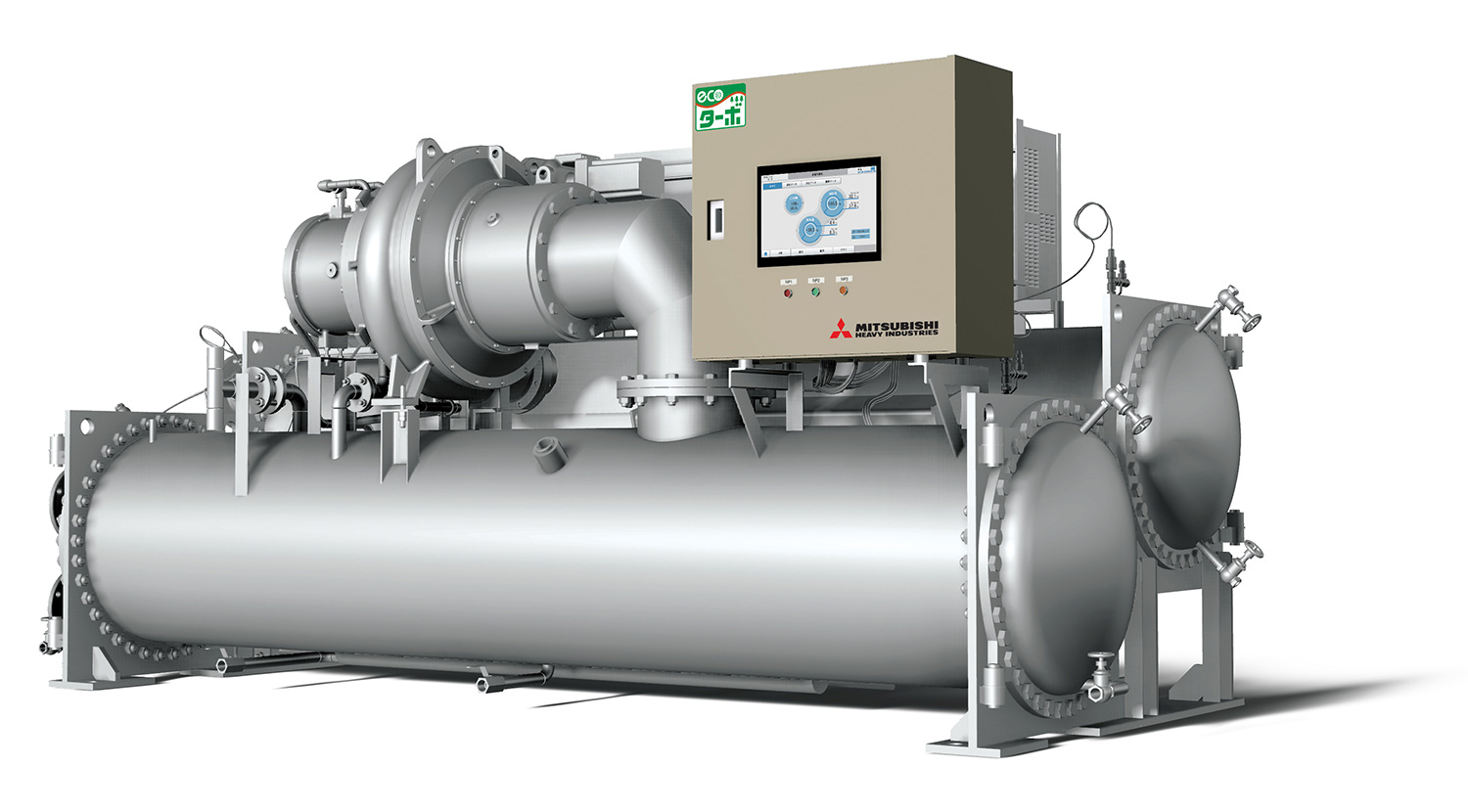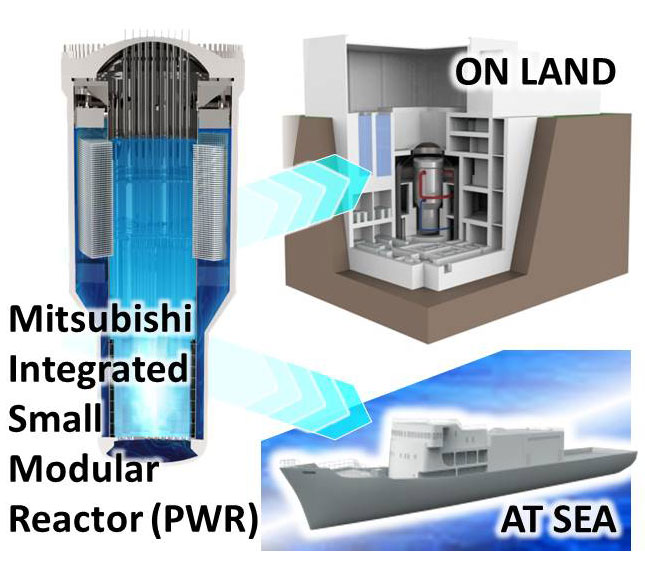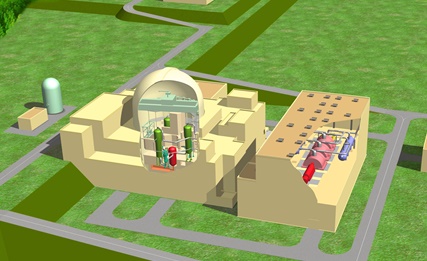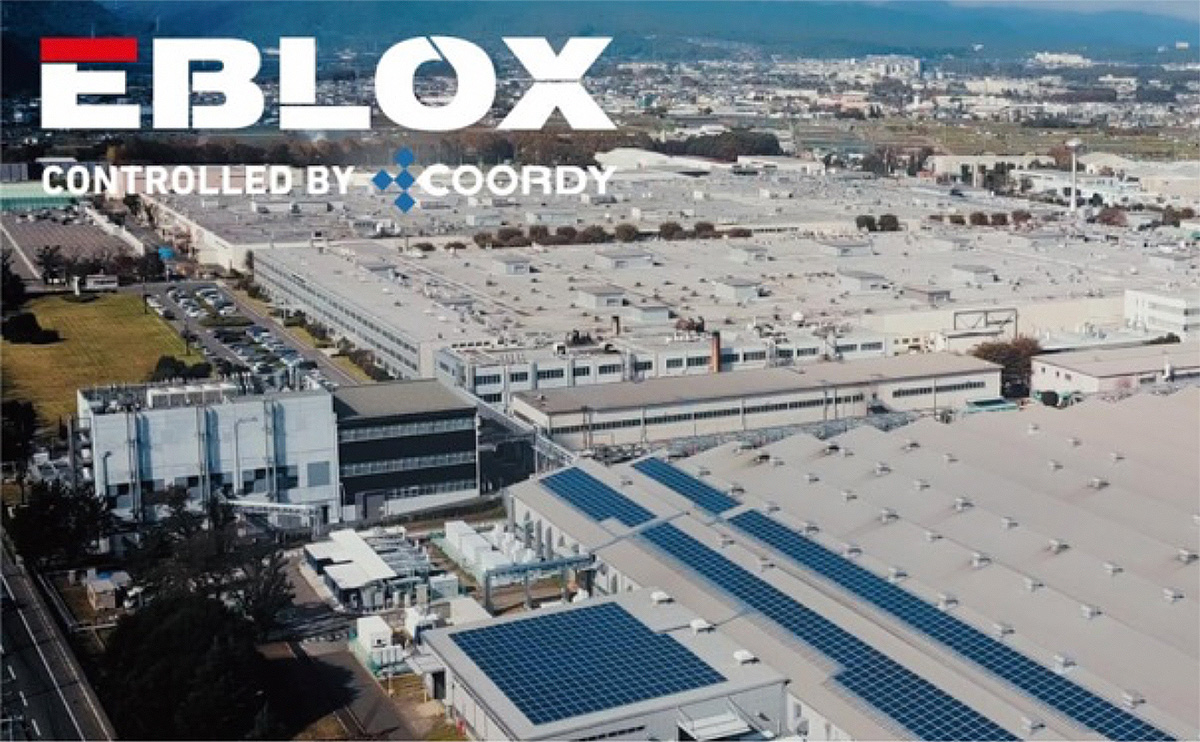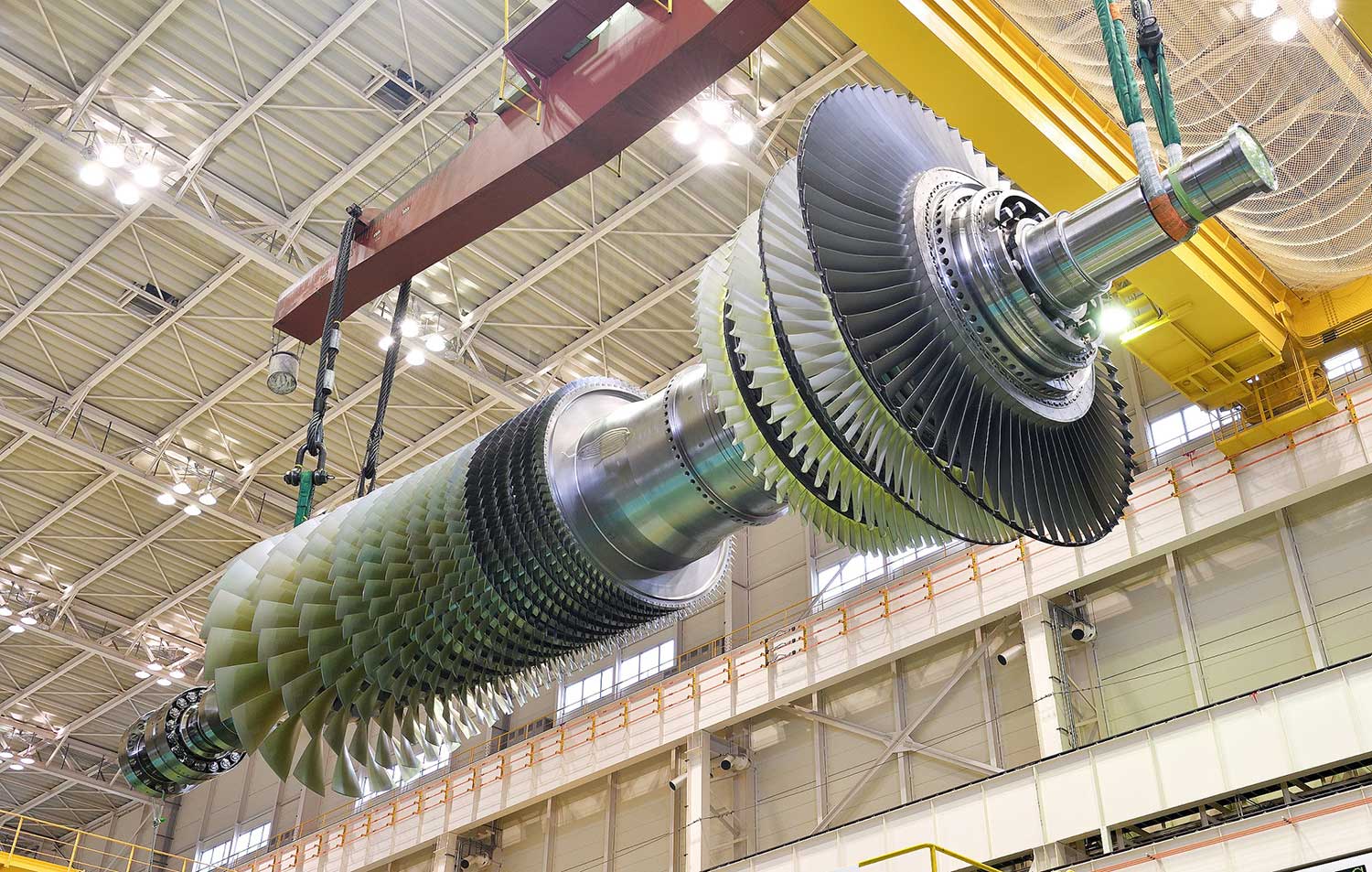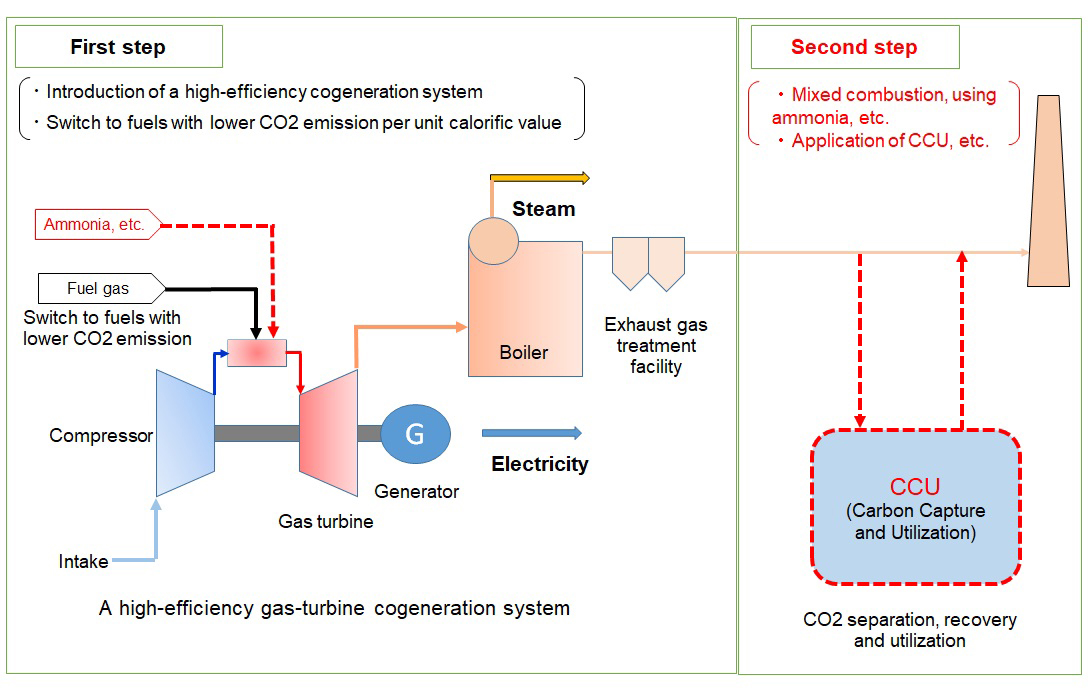Dissemination of Low-Carbon Stable Energy Infrastructure Based on IGCC Technology
Mitsubishi Heavy Industries, Ltd.
Outline
IGCC (Integrated Gasification Combined Cycle) is an highly-efficient power generation system providing a low-carbon power generation infrastructure, which integrates coal gasification technology converting solid fuel represented by coal to gaseous fuel together with gas turbine combined cycle. Coal is a stable energy resource in terms of both distribution all over the world and behavior of price, then the utilization of it acts as a stabilization of power and energy supply. Also, by combining this technology with a CO2 separation / capture process, fuel cell, etc., it is possible to meet the demand for further CO2 reduction for power generation. On the other hand, coal gasification technology can form part of a stable and low-carbon energy infrastructure in combination with synthesis processes such as hydrogen, SNG (Synthetic Natural Gas), fertilizers and chemical products. Through the introduction and dissemination of various systems starting from coal gasification technology, we will contribute to providing stable power generation / energy infrastructure.
Description
Thermal power generation will continue to be a major power source, but there is a need for a shift to low-carbon and decarbonization in order to realize a carbon-free society in the future. Concerns about coal as a fossil fuel for thermal power generation are growing from the viewpoint of CO2 emissions, but depending on the circumstances of each country, such as energy security, it has to play an important role while maintaining a certain ratio. However, there is a concrete need for a shift to lower carbon emission and IGCC is a clean coal technology with the world-highest efficiency, combined coal gasification with gas turbine combined cycle technology.
As the demand for high-efficiency power generation has been particularly strong in Japan, where fuel resources are scarce, the technology has been developed since 1980s and the large-scale 500 MW class machines is about to launch.
This technology improves efficiency by 10-15% compared to conventional coal-fired power generation technology such as USC, and more than 30% of progress can be expected when installing this as an upgrade for aged coal-fired power plant, which responds to the demands of lower carbon emission.
In addition, coal gasification technology has excellent applicability for low-grade coal, which conventional coal-fired power is not good at utilizing and it can help to contribute to the diversification of fuel, including biomass co-firing.
Further, gaseous fuel mainly composed of carbon monoxide (CO) and hydrogen (H2) generated by coal gasification can be treated at both the shift reaction and the CO2 capture process that have already been commercialized. This is used to generate electricity, hydrogen, fertilizer, chemical product such as methanol, etc.
For example, after CO2 capture for gaseous fuel from gasifier, hydrogen fuel is generated and CO2 emissions during power generation can be less than 100g per kWh of generated power.
Other than shown above, the hydrogen can also be supplied to the hydrogen infrastructure. When CO2 separation and capture is conducted at a certain designated level and catalytically treated, SNG can be produced and this can be supplied to existing gas turbine combined cycle power plants.
As mentioned above, coal gasification technology can be combined with various kinds of technology such as gas turbine combined cycle, CO2 separation and capture, chemical synthesis, and it can meet various situations and needs around the world, through the introduction and diffusion of energy infrastructure.
Partner(s)
Mitsubishi Power, Ltd.
Other Innovation Challenges
Commercialization of “carbon neutral” and “carbon negative” by implementing carbon capture technology
Mitsubishi Heavy Industries, Ltd.
Decarbonization technology of Waste to Energy Facilities
Mitsubishi Heavy Industries, Ltd.
High-Temperature Gas-cooled Reactor co-generation for hydrogen production
Mitsubishi Heavy Industries, Ltd.
Promotion of centrifugal chillers using low-GWP refrigerant across full capacity range
Mitsubishi Heavy Industries, Ltd.
QoEnTM approach – A Quantitative Index to suggest the direction toward High-quality Energy Infrastructure
Mitsubishi Heavy Industries, Ltd.
SMR Development for Small Grit Power Reactors and Mobile Reactors
Mitsubishi Heavy Industries, Ltd.
the next-generation light water reactor achieving the world's highest safety and economic efficiency
Mitsubishi Heavy Industries, Ltd.
Triple hybrid stand–alone power generation system
Mitsubishi Heavy Industries, Ltd.
World's most efficient large GTCC power plant
Mitsubishi Heavy Industries, Ltd.
Similar Innovation Challenges
Achieve 2050 decarbonization target with Net Zero Energy House!
Sekisui House, Ltd.
Achieving net-zero emissions by promoting renewable energy use through both our monozukuri and products.
DAIWA HOUSE INDUSTRY CO., LTD.



